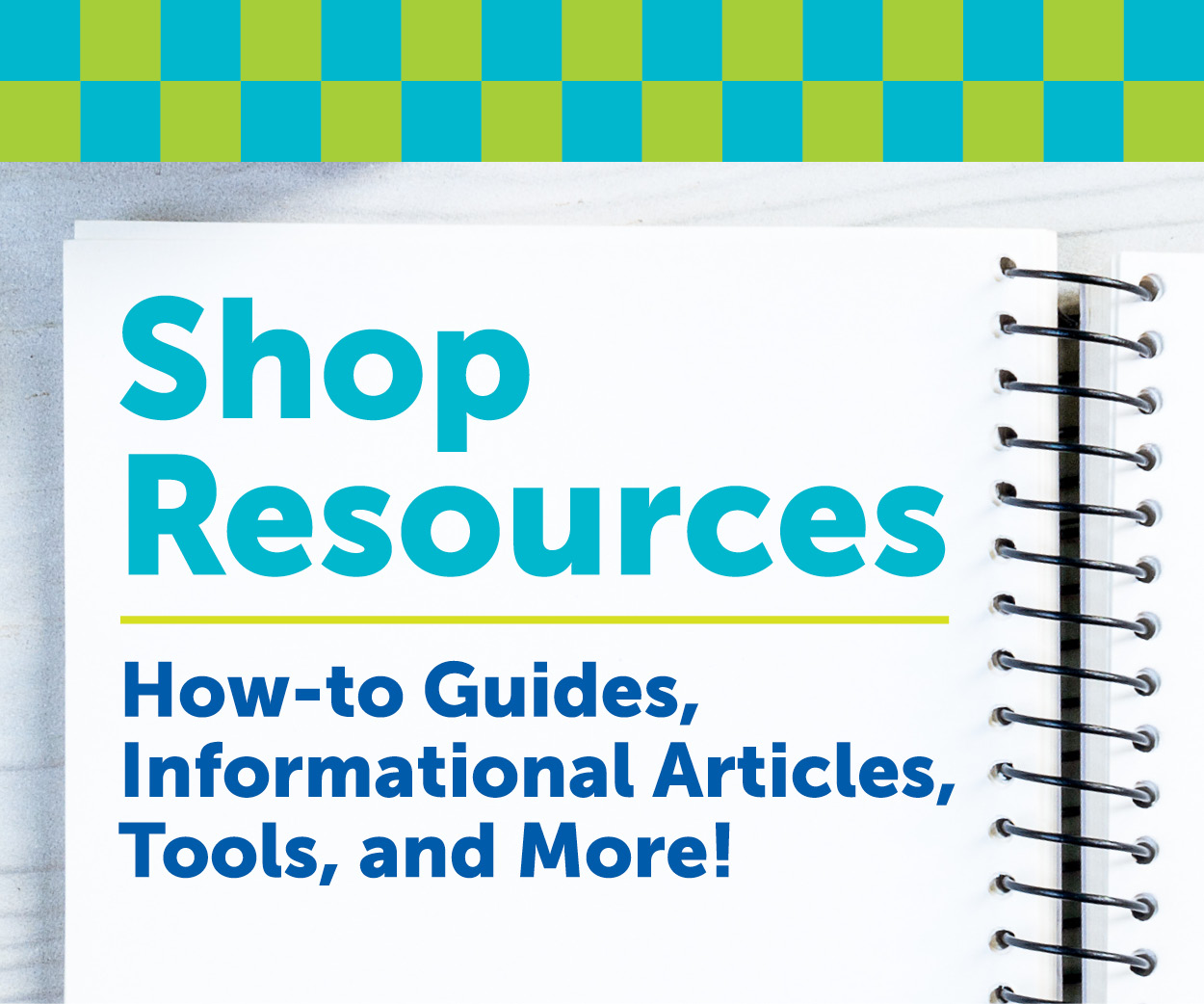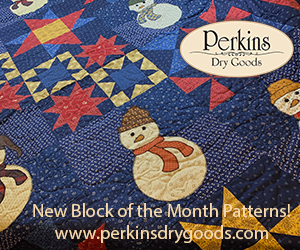
Last week we answered the question “If I write an original pattern, do I automatically own the copyright to that pattern?” This week we expand to cover limitations.
Copyright limitation 1
Most quilts are too common. Creating a pattern using a traditional method doesn’t provide copyright. Think of methods used for quilts in museums or quilts older than the Great Depression.
Copyright limitation 2
Techniques are also not protected. The function you use to create your pattern (i.e. how you bound your quilt) is considered functional, and therefore, not protected under copyright. Since they’re considered a system, things like patents and trade secrets can protect functional techniques.
Copyright limitation 3
The math you used to create your quilt pattern is not protected. As we quilters know, that is a little ridiculous as the math is the most important part. Unfortunately lawyers group things like quilt patterns and recipes into one group. Recipes aren’t protected, but a recipe book (including the selection, arrangement, and coordination of recipes) are.
To protect your math on an original quilt pattern create access controls. An example would be requiring payment for access to the math.
What does copyright get you?
To reiterate, the selection, arrangement, and coordination of your quilt pattern are protected. Your image of the quilt and the directions how you put them together are protectable (also referred to as a compilation in copyright terms). However, the individual images, math, and other parts may not be protected.
Inspiration for this post comes from “Copyrighting Quilt Patterns,” by Elizabeth Townsend Gard, avid quilter and Tulane University Law professor, published in the October 2022 issue of Creative Retailer.
If you’re looking for more information to guide you in owning a retail business, subscribe to Creative Quilt Retailer today. Already a subscriber? No worries—join our Facebook group for insights and dialogue from industry specialists like you. And don’t forget, you can always purchase single issues if you prefer that instead.




